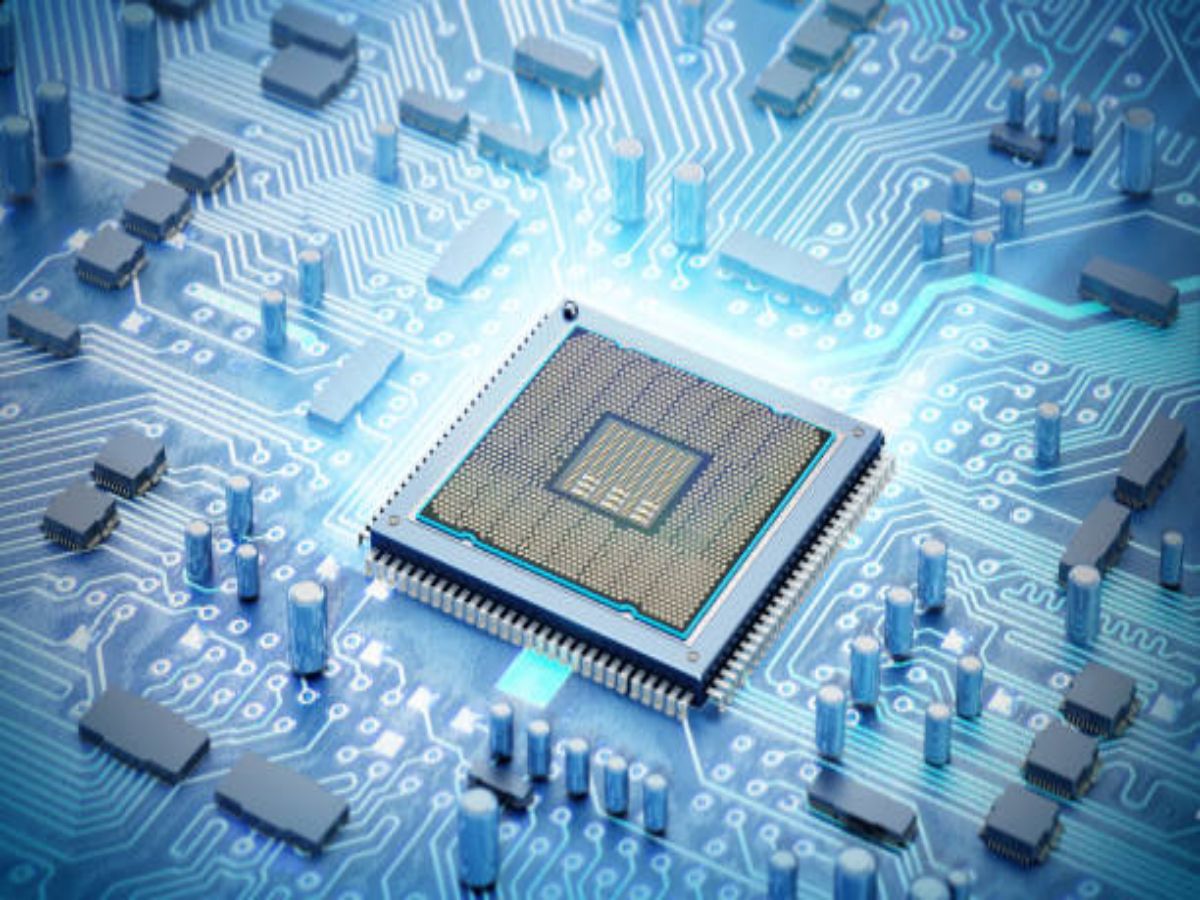Table of Contents

Understanding inductance smd: A comprehensive guide
Inductance SMD (Surface Mount Device) components have revolutionized the electronics industry by providing compact and reliable solutions for various applications. In this article, we will explore different aspects of inductance SMD, including their working principle, types, advantages, and applications.
The Basics of Inductance SMD
Inductance is an essential property of electronic circuits that opposes changes in current flow. SMD inductors, also known as surface mount inductors, are compact devices designed to provide inductance in a surface mount package. These components are widely used in modern electronic devices due to their small size, high reliability, and ease of integration.
Working Principle of Inductance SMD
Inductance SMD components utilize the principle of electromagnetic induction to store energy in the form of a magnetic field. When a current flows through the inductor, a magnetic field is generated around it. This magnetic field stores energy, which can be released when the current changes. The inductance value determines the strength of the magnetic field and the amount of energy stored.
Types of Inductance SMD
There are several types of inductance SMD components available, each with its own characteristics and applications:
1. Wirewound Inductors
Wirewound inductors are constructed by winding a wire around a core material. These inductors offer high inductance values and are suitable for applications where high current handling and low resistance are required.
2. Ceramic Inductors
Ceramic inductors are made using a ceramic material coated with a conductive material. These inductors are compact and ideal for high-frequency applications.
3. Ferrite Bead Inductors
Ferrite bead inductors are made of ferrite material and are commonly used for noise suppression in electronic circuits. They have a high impedance at high frequencies, effectively filtering out unwanted noise.
Advantages of Inductance SMD
Inductance SMD components offer several advantages over traditional through-hole inductors:
1. Small Size
One of the key advantages of SMD components is their small size. This allows for higher component density on PCBs, leading to more compact and lightweight electronic devices.
2. High Reliability
SMD components are designed for automated assembly processes, ensuring consistent and reliable connections. They are less prone to mechanical stress and vibration, resulting in improved overall reliability of electronic systems.
3. Easy Integration
Surface mount inductors can be easily integrated into PCB designs using automated pick and place machines. This simplifies the manufacturing process and reduces assembly time and costs.
Applications of Inductance SMD
Inductance SMD components find applications in various electronic devices and systems:
1. Power Supplies
SMD inductors are commonly used in power supply circuits to regulate voltage and filter out noise. They help in maintaining stable power delivery and reducing electromagnetic interference.
2. Communication Systems
Inductance SMD components play a vital role in communication systems, including wireless devices, routers, and antennas. They help in impedance matching, signal filtering, and frequency tuning.
3. Consumer Electronics
From smartphones to televisions, inductance SMD components are found in various consumer electronic devices. They contribute to the miniaturization and improved performance of these devices.
4. Automotive Electronics
The automotive industry relies on inductance SMD components for various applications, such as engine control units, infotainment systems, and advanced driver-assistance systems (ADAS). These components enable efficient power management and reliable operation in challenging environments.
5. Industrial Automation
Inductance SMD components are widely used in industrial automation systems, including robotics, motor control, and factory automation. They provide the necessary inductance for smooth operation and precise control of electrical signals.
Conclusion
Inductance SMD components are invaluable in the world of electronics, offering compact size, high reliability, and easy integration. From power supplies to communication systems and consumer electronics to automotive applications, these components have become an integral part of modern electronic devices. Understanding the working principle, types, advantages, and applications of inductance SMD can help engineers and enthusiasts make informed decisions when designing electronic circuits.
